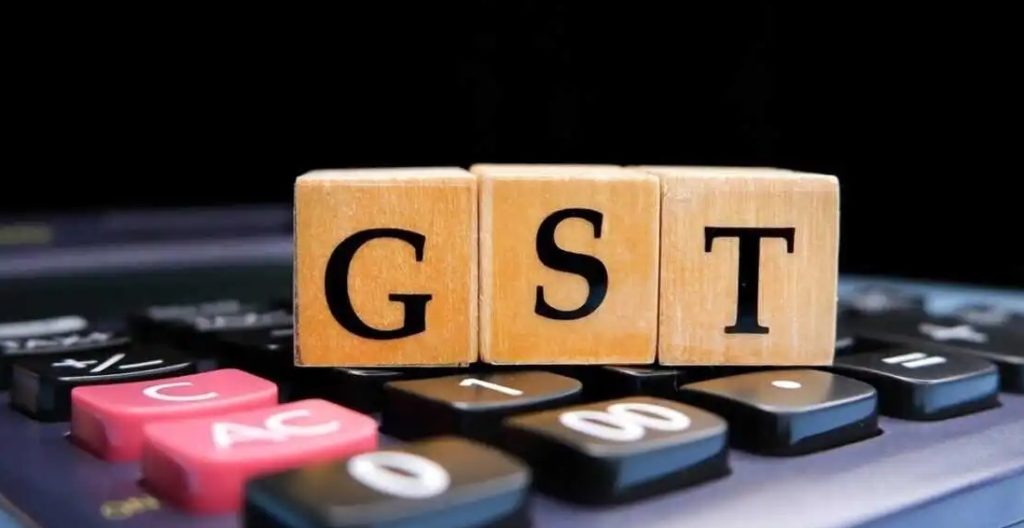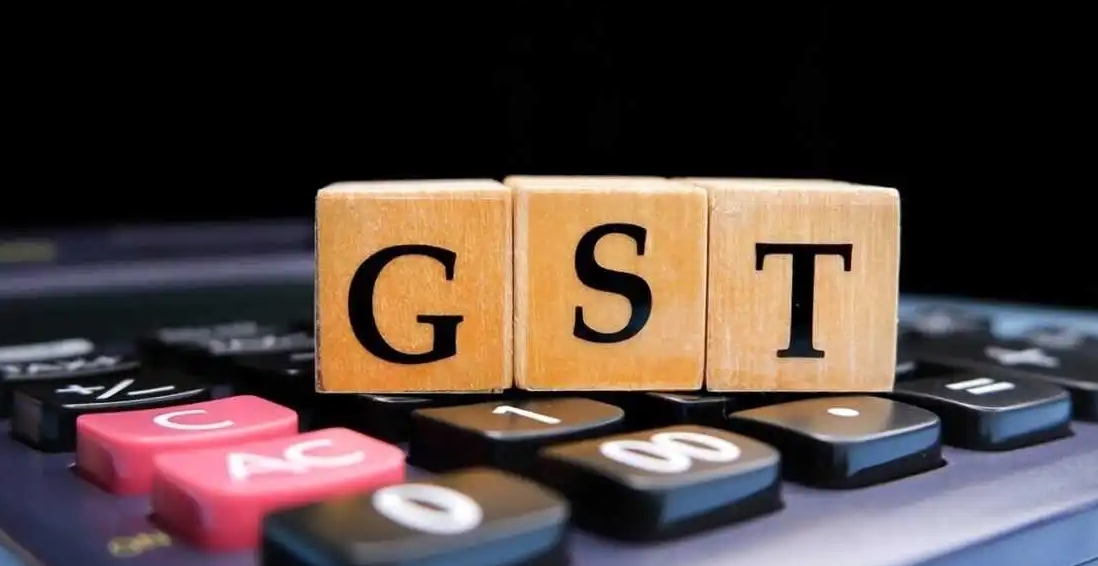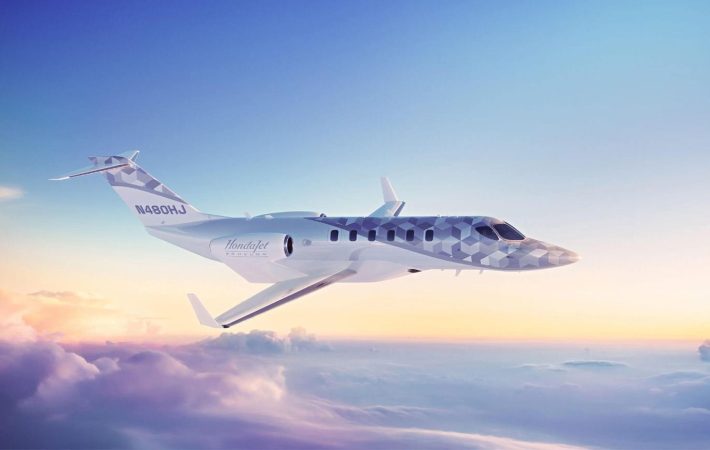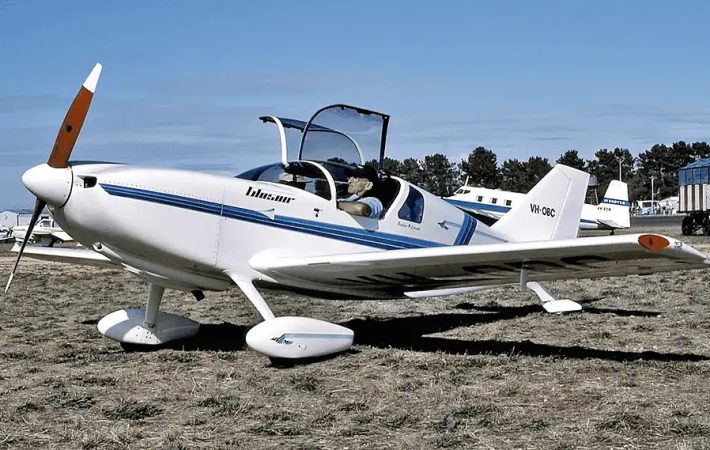
Our comprehensive guide covers all the essential elements you need to know about charging GST in aircraft purchase agreements.
Calculating whether GST is collectable on the sale or purchase of aircraft is one of the most commonly asked – and misunderstood – aspects of transacting an aircraft. You may have to pay (or charge) Value Added Tax (VAT), Sales Tax or Goods and Services Tax (GST) in your country.
What is GST or VAT?
In Australia and New Zealand, Goods and services tax (GST) is a broad-based tax on most goods, services and other items sold or consumed within the country. In New Zealand, the rate increase in 2010 to 15%, whereas in Australia the rate has remained at 10% since introduced in July 2000.
GST (or VAT in some other countries such as the United Kingdom) is a broad-based sales tax that is added to almost all items that are sold, with some notable exceptions that are deemed goods that are necessary staple items, or directly discriminatory against a section of society if GST is charged. The difference between GST and VAT is simply the way that they attract tax and on what goods and services; but the concept is almost identical.
Is GST or VAT applicable to the sale of an aircraft?
What are the rules regarding aircraft purchase agreements?
When considering the sale of an aircraft in Australia or New Zealand, the rules relating to the disposal of the asset are fairly clearly defined.
The rules relating to GST in Australia (and it’s similar in New Zealand and other jurisdictions) describe that GST cannot be ‘collected’ by an entity that is not GST registered. So any Australian business that earns more than AUD$75,000 must register for GST in Australia. It’s NZD$60,000 in New Zealand.
Once registered, that entity MUST charge GST on goods and services sold on one hand, and then claim GST on any goods and service inputs.
When deciding if an aircraft attracts GST when it is disposed of, it is vital to look at the Selling entity as to their GST registration status. If the entity is registered for GST, it is presumed that business expenses relating to that aircraft have been claimed as inputs. GST is collectable and payable to the Australian Tax Office (ATO) or Inland Revenue in New Zealand for the sale for that aircraft.
Therefore whether GST is charged (or ‘collected’) on the sale of an aircraft is not related to the Buying entity.
Keep in mind that the buying entity is likely to be one of either a private individual, a sole trader or a company. This should be determined at the time that the aircraft is purchased exactly who owns the aircraft and what the GST status is. But if no GST is claimed and the entity that owns the aircraft is not registered, there is no need to charge GST on the sale.
Why is the GST status of the aircraft Seller important?
Simply, the sale of an asset that attracts GST becomes 10% more expensive to a prospective Buyer who is not registered for GST. That can turn buyers off an aircraft and it narrows the ‘net’ of prospective buyers interested in your aircraft. So, the question of GST is important from that perspective.
It is also vital that Sellers understand the tax rules so the Government does not find that entity in breach of the Taxation legislation.
How do you calculate GST on an aircraft sale?
Calculation of GST can also be an issue for some Sellers who may believe that they can include GST to benefit a buyer who is registered for GST and can claim it. We have clients who advertise their aircraft as, say $150,000 including GST. That means that the aircraft costs $136,363 to a GST registered entity who will claim the GST component ($13,636) as a GST input. But in this scenario they owe the Government $13,636 after the sale! If the aircraft is worth $150,000, the Seller has just sold it 10% cheaper than the market might have been prepared to pay!
Let’s explore another example:
If an aircraft is advertised as $100,000 (GST included), it means (in Australia) that 10% of the ex GST price is already included in the calculation. To calculate the GST component included in this sale, we divide the advertised price by 11 (ie. $100,000 divided by 11 = $9090.90). Don’t fall into the trap of simply dividing the asking price by 10 (or 15 in New Zealand)!
An aircraft that is advertised as $100,000 (GST additional), has an easy GST calculation. It’s simply 10% of $100,000 which is $10,000. Or 15% in New Zealand.
In short, when Selling a helicopter, light aircraft, private jet, gyrocopter, trike, glider, balloon or any plane or flying machine, always advertise the GST inclusive number. That is, unless it is not applicable because that entity is not GST registered.
Can you advertise an aircraft ex-GST, or including GST when selling and listing an aircraft for sale?
The ACCC (Australian Competition and Consumer Commission) and the Commerce Commission New Zealand are both clear about the way that goods and services should be advertised. In short, all Good & Services should be advertised with GST included. If you enter a bar, for example, a consumer should expect the beer to be advertised as an ‘all-inclusive’ price. Similarly, it would be potentially deceptive conduct if a building contractor advertised homes at the ex-GST price. Once lured in, the consumer was told that GST is a Government tax and must be paid. Of course this is true, but the consumer should have known about it first!
In aircraft sales, Sellers and Buyers must always know upfront the GST status of the aircraft offered for sale. At Light Aircraft Sales, we have gone to lengths to ensure that the GST status of an aircraft is clearly defined in the aircraft listing. When the aircraft is listed, the Seller is asked specifically about the GST status of the aircraft – and the listing reflects the answer. This is because it indicates that GST is not applicable or applicable to the sale price. Because some aircraft must have GST applied to the sale and some do not, we want to ensure that all Sellers are clear on the status up-front.






Leave a comment
Your email address will not be published. Required fields are marked *
You must be logged in to post a comment.